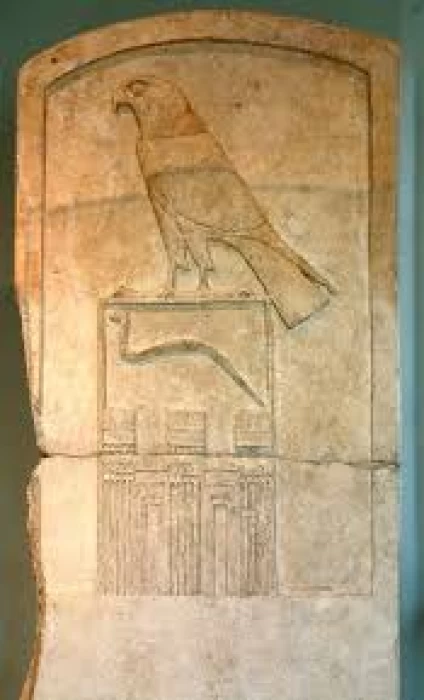
King Djet and the First Dynasty
Egyptian history tells the story of King Djet, the plaque from his tomb in Abydos is one of two plaques that were placed on the eastern side of his tomb to indicate the place where offerings were made. It is about 65 cm wide and 143 cm high. It is displayed in the Louvre Museum. Many important artifacts were taken from Egypt and transferred to other countries during the wars, but Egypt still has a huge number of magnificent artifacts and temples that you can discover during Egypt Classic Tours.
The "Serekh" is a miniature form of the facade of the king's palace bearing the name of the king and Horus standing on it in the form of a falcon. This form was used to write the name of the king during the era of the Zero Dynasty and its connection to the leaders of the period of political unification during the era of the Naqada III civilization and the subsequent First and Second Dynasties, which usually begin from 3250 BC until 3000 BC.
The "Serekh" form spread throughout the land of Egypt, north and south, and expresses the first stage of the period of political unification of Egypt by the leaders of "Nekhen" (currently the Kom al-Ahmar region), which is one of the oldest cities of ancient Egypt and is located between the cities of Esna and Edfu on the western side of the Nile. You can discover Edfu temple and Esna temples after experiencing one of the best Egypt Nile cruise Tours between Luxor and Aswan.
Its history dates back to before the First Dynasty, and it was the seat of the princes and kings of Upper Egypt between the years 3800 to 2600 BC who crawled from the south to the north, and in a second stage of political unification represented in expressing themselves religiously and after they controlled a large part of the country, they placed the shape of two falcons facing each other above the serekh looking at each other.
In addition, In the last stage of the Zero family, leaders who did not belong directly to Horus and from here a new pictorial form appeared, which is writing the name of the leader inside the serekh, which expresses his original city or his original god, then the falcon "Hor" was placed again above the serekh so that they would not stray from him in their names and from here came the idea of the Horus title to exist.














